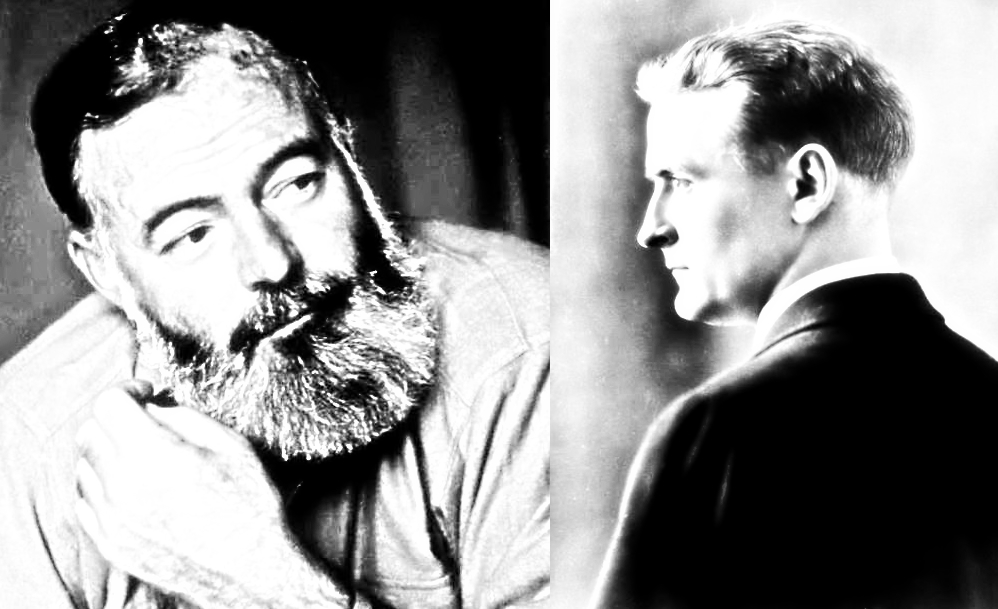“Hey, do you see all the leaves?” I said pointing to the corner as my wife and I walked by our local corner store. I looked at her with wide eyes and said, “Fall is commmiiing!”
I am a child, but children are allowed to be excited, too.
With that being said, I love horror movies as much as the next guy (probably more than the next guy), so I am always on the hunt for ghastly films that deal with shock and the macabre because I grew up reading horror stories, telling horror stories, and living horror stories through a combination of daydreaming and the use of G.I. Joe action figures.
Often, I do not find what I am after. The horror movie doesn’t hit right, or the show ends up being a stinker (Lovecraft Country [2020]). Sometimes, it is something else, something entirely strange. From Beyond (1986) is really strange—but it is also really good—because it distills weird fictions author H.P. Lovecraft’s vision into a pulpy, violent ride.
For today’s post, I am going to discuss this movie because it has literary elements (based on a short story) and provide some additional insight, so, be warned, there will be spoilers (if you haven’t seen From Beyond (1986) then I suggest you go and watch it instead of reading this!)
Summary
From Beyond (1986) is about Dr. Crawford Tillinghast (Jeffrey Combs from Re-Animator) who is the assistant to Dr. Edward Pretorius (Ted Sorel)—a scientist obsessed with the understanding the pineal gland, and other realities. Pretorius creates a machine that allows him to tap into both of these interests and is subsequently (and mysteriously) killed by his device. Tillinghast is blamed and committed to a psychiatric ward.
Later, Tillinghast is released by a Dr. McMichaels (Barbara Crampton) and is taken back to the house where Dr. Pretorius conducted his experiments (and where he was killed) and things go…well…cuckoo bananas. In an effort to keep the device from being activated (and possibly to keep Dr. Pretorius from coming back from the dead), Tillinghast, McMichaels, and a few others have to endure some bizarre obstacles: weird, sexual deviancy (BDSM), monsters, melting, and…all other sorts of odd stuff.
Overall impression
I am not sure how, but this is an extremely faithful adaptation of a Lovecraft story even though it strays from the source material (considerably). I think this is true because producer Brian Yuzna (story by credit, too) knows the material like the back of his hand (and because he is also just coming off Re-Animator), and it does the Lovecraft things just right and then adds a whole lot of extra. What this film does really well is capture the spirit (and oddball eccentricities) of Lovecraft’s storytelling, which, let’s be honest, was made for pulp magazines for quick sums of money so his tales sometimes fail to be completely realized.
This one is realized, however, even though in the short story Tillinghast is the antagonist and there is an unnamed character in the protagonist seat. Here we see a toying with fundamental literary elements that help shape the thrust of the story in a positive way. Sometimes, as writers and creators we have to change around ingredients to create a better dish, and From Beyond (1986) is a great example of why that is true.
Moreover, director Stuart Gordon (Re-Animator) makes use of the bizarre by accurately capturing the visual detail that pushes the film farther than it probably aught to go, from eyeball sucking to head twisting (it’s a fun movie, I swear). Lovecraft doesn’t spend time in his stories discussing graphic body horror. Fundamentally, he focuses on the unseen (it’s what you don’t see) to give the reader a tingle of fear, and that works wonders within that medium; however, schlocky violence works in a visual medium when you have such a bizarre tale to tell, perhaps because sometimes the abstruseness of the plot needs to be alleviated with grotesque visuals.
The pace is quick, too, which is antithetical to gothic horror, but that works for the movie just fine (the adverse of this might be H.P. Lovecraft’s Dreams in the Witch House [2005]). There is no slow plodding. It’s just weird visual after weird visual, and this ties to my previous point about what elements work best and in what medium. Readers have patience in general, I think, and therefore gothic-horror readers have monumental amounts of patience because the genre calls for close attention to detail and a building of tension. Conversely, the average movie watcher prefers quick cuts and consistent pacing (more often than not, I would say).
All of these factors make From Beyond (1986) a really good fall/horror movie that pays homage to an inventive writer who created a bizarre landscape of fictional dreams for others to cover and exploit for their own vision and creativity.







